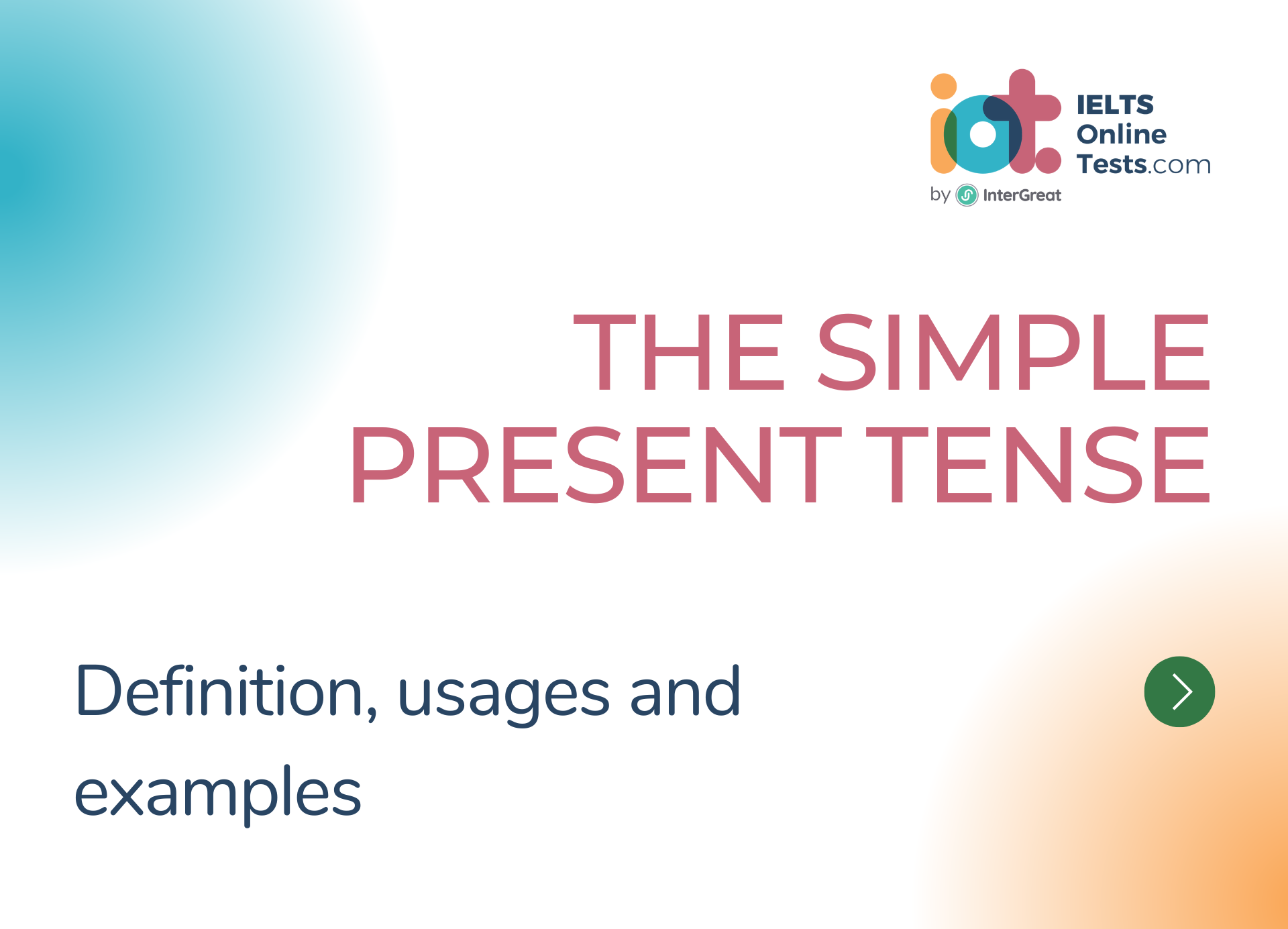
The simple present tense
The simple present tense is used to express general truths, habitual actions, repeated actions, and permanent situations. It is one of the most basic and frequently used verb tenses in English.
Here's a detailed explanation of the simple present tense:
Formation of the Simple Present Tense:
- For most verbs, the simple present tense is formed by using the base form (infinitive) of the verb.
- The third-person singular (he, she, it) form of regular verbs usually adds an "-s" or "-es" to the base form.
Usage of the Simple Present Tense:
- Expressing general truths and facts:
- Example: "The sun rises in the east."
- Describing habitual or repeated actions:
- Example: "She goes for a run every morning."
- Stating routines or schedules:
- Example: "The train departs at 8:00 AM."
- Expressing permanent situations or characteristics:
- Example: "I live in New York City."
- Expressing general truths and facts:
Examples of the Simple Present Tense:
- "I eat breakfast every day."
- "He reads books for pleasure."
- "They speak English fluently."
- "The flowers bloom in spring."
- "She dances beautifully."
Adverbs and Time Expressions with the Simple Present Tense:
- Adverbs of frequency (often, always, sometimes) are commonly used with the simple present tense.
- Example: "She always arrives on time."
- Time expressions that indicate regularity (every day, once a week) are also used.
- Example: "They go to the gym three times a week."
- Adverbs of frequency (often, always, sometimes) are commonly used with the simple present tense.
Negative and Interrogative Forms:
- To form negative sentences, use the auxiliary verb "do" + "not" + base form of the verb (except for the third-person singular, where "does" is used).
- Example: "I do not like coffee."
- For interrogative sentences, use the auxiliary verb "do" + subject + base form of the verb (except for the third-person singular).
- Example: "Do you play the guitar?"
- To form negative sentences, use the auxiliary verb "do" + "not" + base form of the verb (except for the third-person singular, where "does" is used).
The simple present tense helps us describe actions, situations, and facts that are generally true or occur regularly. By using this tense correctly, we can effectively convey information about present habits, routines, and permanent conditions in English.




